Stage Struck!
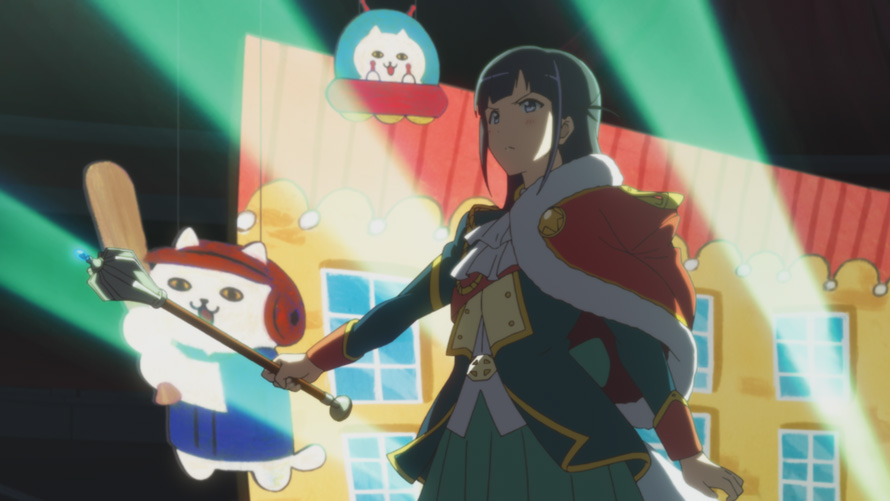
Revue Starlight gives us a surreal backstage view of show business complete with sword duels and talking giraffes
When you think of musical theater, you might thinks of shows like Rent, Aladdin, and Wicked. Bright colors, awesome musical numbers, insane wardrobes, and a lot of sparkle: what more is there to ask for? Japan, on the other hand, likes to do things a little differently. Enter the Takarazuka Revue, a musical theater troupe in which women play all of the roles (even the male-based ones!) when putting on extravagant, Broadway-style adaptations of Western works, no matter what the original medium (e.g., Bonnie and Clyde, Oklahoma!, Catch Me If You Can, The Picture of Dorian Gray, Ocean’s 11, just to name a few), Japanese folk stories or popular culture (such as Osamu Tezuka’s classic Phoenix manga), or even the trials and tribulations of Phoenix Wright! It’s a lavish world that’s earned a lot of fans over the years since its inception in 1913; its lavish aesthetic has even been the influence for a number of anime and manga works, such as The Rose of Versailles, Revolutionary Girl Utena, and even Osamu Tezuka’s Princess Knight (Fun fact: Tezuka’s hometown is also the base of operations for the Takarazuka Revue).
Which brings us to Shoujo Kageki Revue Starlight—which aired during the 2018 summer anime season—which owes a lot of its inspiration to the Takarazuka Revue. The name of the game is Starlight, a globally renowned theatrical play in which the role of the “Top Star” is the most desired position, and the students of Seisho Music Academy must face against one another in order to win the grand prize, because, after all, there can only be one Top Star. Among the hopefuls are Karen Aijo and Hikari Kagura, childhood friends who once made a promise to perform together. But now, with nothing but their lifelong dreams and their immense dedication to play the part, they must face each other in the mysterious and surreal “Revue Starlight” audition battles, where the most dedicated duke it out but only the most passionate remain standing.
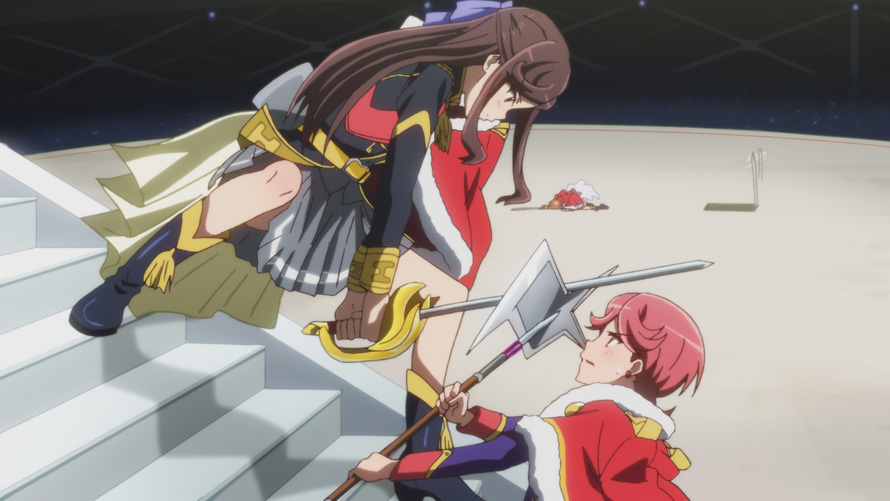
Oh, and these auditions appear to be moderated by a talking giraffe. Also, the giraffe has the voice of Seto Kaiba (Kenjiro Tsuda).
That last tidbit may sound ridiculous (and to be frank, it is), but in all fairness, a lot of Revue Starlight’s arresting direction can be traced back to Kunihiko Ikuhara—who previously created such famous anime as Revolutionary Girl Utena, Mawaru Penguindrum, and Yuri Kuma Arashi—whose collaboration with director Tomohiro Furukawa has produced not only this mysterious giraffe, but also the surreal yet gorgeous layouts that inhabit the show (not to mention one of the most surreal magical-girl-esque transformation sequences I’ve seen in a while). Each display is an immensely colorful feast of organized chaos for the eyes and a treasure trove of hidden meanings waiting to be discovered and unpacked. And I’m not going to reveal where the giraffe fits in all of this, because quite frankly, the reveal itself is quite amazing; you’ll have to see it for yourself.
At face value, Revue Starlight looks like an idol-style show, what with the girls training as hard as possible in between auditions to become the best they can be onstage. But Revue Starlight doesn’t have the from-save-the-school storyline of the Love Live! franchise or the absurdist undead comedic timing of Zombie Land Saga. That’s because Revue Starlight is not about IDOLS in the first place; it’s about THEATER. There are no brightly colored concerts for miles around; in Revue Starlight, the girls literally duel one another—swords, singing, the works!—to see who has what it takes to claim the lead role so wanted by all those who aspire to reach it. But though every duel has some amazing choreography, it’s not just about the insane swordplay; each clash is really about showcasing the unique anxieties and fears that plague the aspiring performers. They’re not just fighting each other; they’re all fighting a single that comes in many different forms. Every envy, insecurity, jealousy, and ambition is translated perfectly in the form of constantly shifting props and excellently flamboyant chorography. It’s all a stunning display of fantasy and realism that does well to display what we all tend to feel from time to time. Helping out is the superb animation by Kinema Citrus, who manage to blow everyone out of the water with polished character designs and interlayered backgrounds and fight scenes.
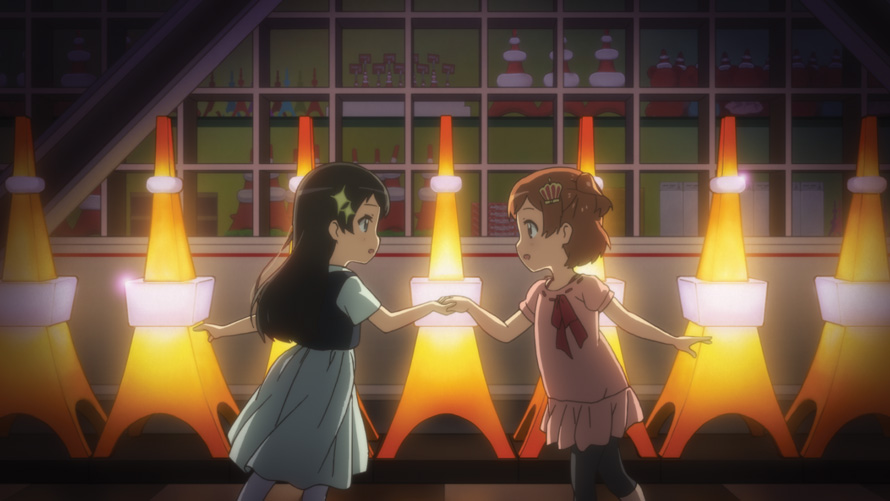
And true to its theme of competition, Revue Starlight is not so much a singular, 12-episode-long story going straight from point A to point B, but rather a collection of perspectives (kind of like a slice-of-life anime, but at the same time, not really): every episode centers on a specific student going through the intense training needed to be a stage actress, especially when your closest friends are your toughest competition when striving to be the best like no one ever was. Each episode does a great job at propping up the various unique anxieties and fears each character possesses, as well as their own unique drives to be the Top Star.
In fact, I think it’s safe to say, from the very beginning, Revue Starlight has something to say about the very premise of the Top Star and the difficulties that come with a theater career as a whole: there really is no such thing as a Top Star, as the theater has always been a collaborative effort no matter which way the trapeze swings. Being the Top Star means being all on your own, something that the theater industry has never been about. To disregard it as such is to sin against the very notion of theater itself. While I don’t have the proper qualifications to unpack just how well Revue Starlight communicates its critiques, I will say that where it leads to is totally worth the wait.
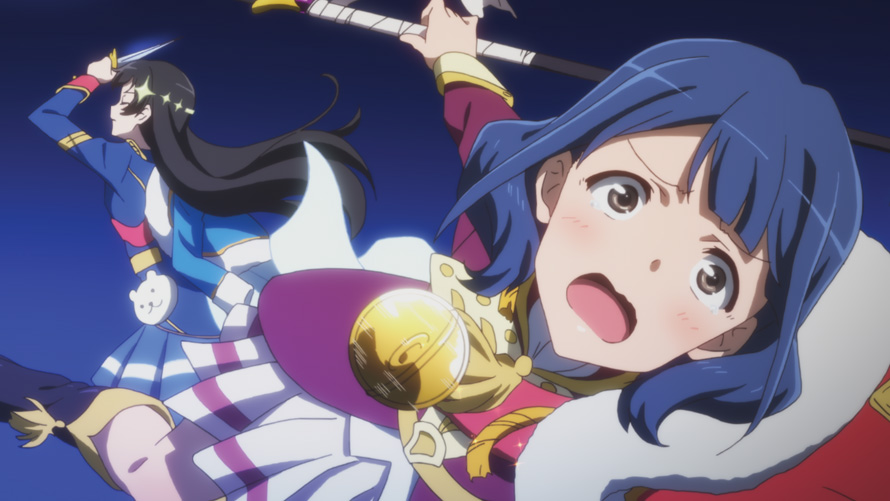
They say that all the world’s a stage, and Revue Starlight takes this notion and runs with it from beginning to end. With a combination of hidden symbolism, gorgeously detailed duels, and a cast on endearing characters, the show knows how to hold your attention from the minute the curtains rise to the moment they finally fall. Even though it may to be a universal preference, this anime is bound to resonate with anyone with a passion for musical theater, be he or she either human or giraffe.
Revue Starlight is available from Sentail Filmworks and HIDIVE.
This story appears in the August 2019 issue of Otaku USA Magazine. Click here to get a print copy.


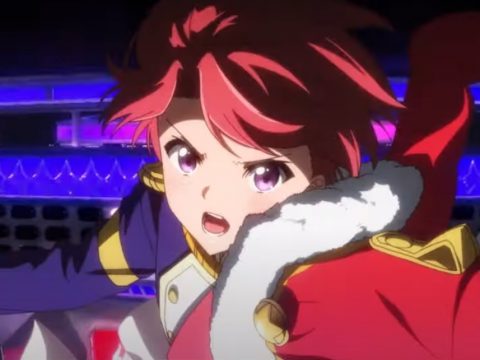
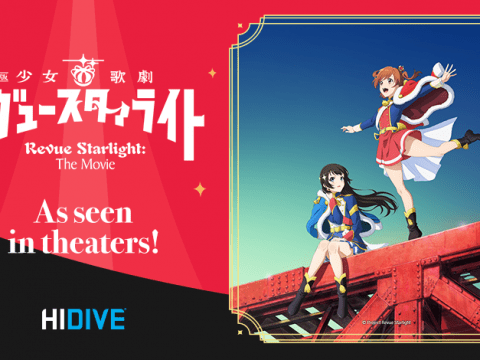
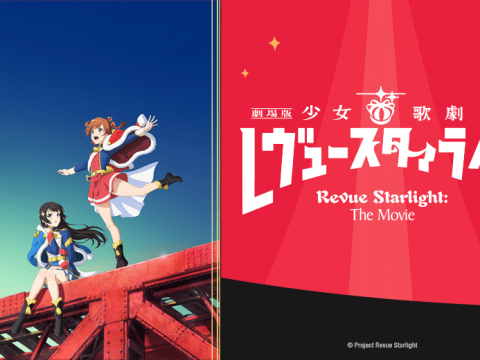

![SSSS.Dynazenon [Anime Review] SSSS.Dynazenon [Anime Review]](https://otakuusamagazine.com/wp-content/uploads/2021/08/16-9-SSSS.Dynazenon_Key_Visual_3.5-480x360.jpg)
![Back Arrow [Anime Review] Back Arrow [Anime Review]](https://otakuusamagazine.com/wp-content/uploads/2021/07/ba15-02686-480x360.jpg)